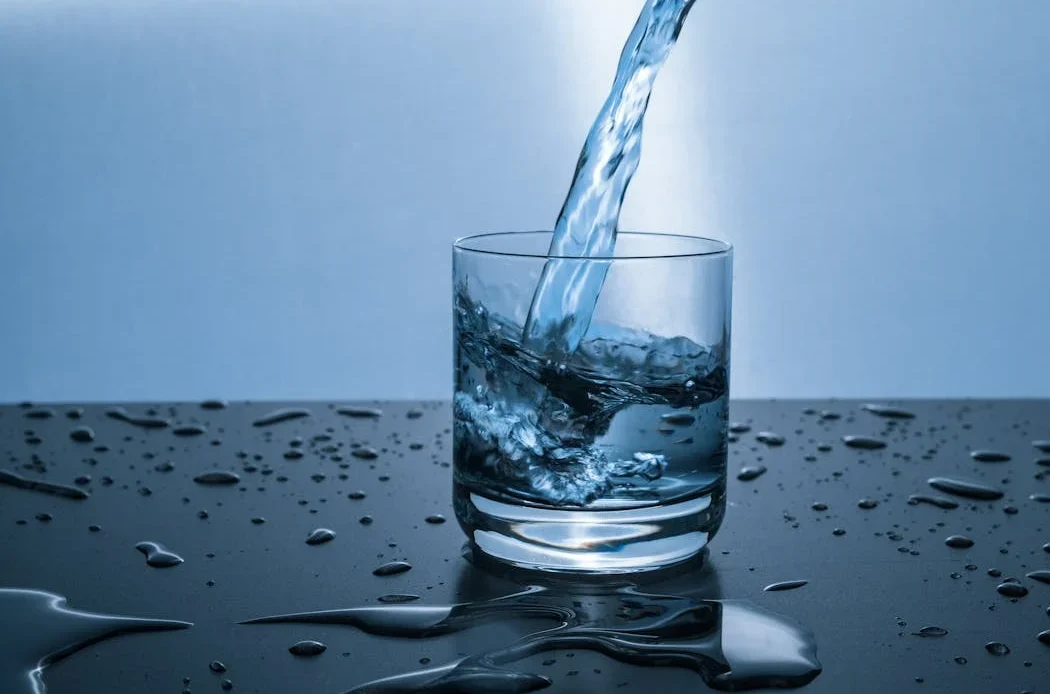
The Growing Need for Advanced Water Purification
The demand for advanced water purification systems is growing as contamination from multiple sources threatens water safety. Industrial discharge introduces heavy metals and chemicals into water bodies, while agricultural runoff carries pesticides and fertilizers, which seep into water supplies. Urban wastewater further complicates the issue by adding pathogens and pharmaceutical residues. These pollutants pose significant health risks, making it essential to develop more effective purification technologies. A key concern in water contamination is the presence of per- and polyfluoroalkyl substances (PFAS), commonly referred to as “forever chemicals.” According to the EESI, PFAS exposure occurs through contaminated water, soil, and consumer products like firefighting foam, candy wrappers, and food packaging. AFFF (Aqueous Film-Forming Foam), extensively used at military bases and airports, is a major contributor to PFAS contamination in drinking water. PFAS contamination is widespread in U.S. tap water, with the U.S. Geological Survey estimating its presence in at least 45% of supplies. Concerns over PFAS exposure have led to the filing of the AFFF foam lawsuit. According to TorHoerman Law, plaintiffs argue that manufacturers were aware of the health risks but failed to provide adequate warnings. As regulatory bodies push for stricter limits on PFAS, advanced purification methods are essential to ensuring safe drinking water for future generations.Nanotechnology: Filtration at the Molecular Level
Nanotechnology offers groundbreaking solutions for water purification, tackling contamination at the molecular level. As ScienceDirect notes, this innovative field addresses current water treatment challenges by optimizing unconventional water resources. Nanotechnology’s applications span remediation (pollutant removal), purification, pollution monitoring (using nanosensors), and prevention. Nanoparticles, with their high surface-to-volume ratio, excel at adsorbing pollutants. Carbon nanotubes, for instance, effectively remove organic, inorganic, and biological compounds. Nanomembranes function as ultrafine filters, precisely separating impurities. Nanotechnology-based purification proves more cost-effective than traditional methods. Significant progress has been made in nanoparticle-based water filtration, including detecting and understanding pollutant molecular structures.Advanced Membrane Filtration: Precise Separation
Advanced membrane filtration technologies are revolutionizing water purification, offering precise contaminant separation. Reverse osmosis (RO), ultrafiltration, and nanofiltration effectively treat diverse water sources, from seawater and brackish water to surface water, as highlighted by ResearchGate. RO membranes, for example, remove dissolved salts, bacteria, and viruses, making them ideal for desalination and wastewater treatment. These technologies provide reliable access to safe drinking water and support sustainable water management through water reuse and decentralized treatment. Adopting advanced membrane technologies is crucial for tackling the global water crisis.Photocatalytic Water Purification: Harnessing the Power of Light
Photocatalytic water purification harnesses the power of light to break down organic pollutants. Typically using titanium dioxide as a catalyst, this technology effectively targets difficult-to-remove substances like pharmaceuticals and industrial chemicals. As Save The Water points out, photocatalysis offers numerous advantages. It ensures complete pollutant degradation with minimal chemical use, has broad-spectrum activity against various contaminants, and is a simple, convenient, reusable, and cost-effective approach. The development of biodegradable clay-based photocatalysts further enhances its eco-friendly profile. However, challenges remain, including the need for optimal light conditions, efficiency limitations, and concerns about catalyst lifespan and stability.Solar-Powered Water Filtration: Sustainable Solutions for Remote Areas
Solar-powered water filtration provides an eco-friendly and efficient way to ensure clean drinking water, particularly in remote or off-grid regions. By harnessing solar energy, these systems reduce dependence on traditional electricity sources, making them ideal for sustainable water purification. One innovative approach involves a solar absorber gel that purifies water using sunlight. This gel absorbs water at room temperature and releases it when heated, filtering out metals and other contaminants using polydopamine (PDA) and alginate layers. MIT engineers have also developed a solar-powered desalination system that adapts to sunlight variations throughout the day. As sunlight intensity increases, the system automatically accelerates its desalting process, adjusting in real time to passing clouds or clearing skies. Unlike other solar-driven designs, this system requires no extra batteries or grid-based power, ensuring continuous clean water production even in fluctuating light conditions. Such advancements highlight the potential of solar technology in water purification.-
How can we use technology to improve our usage of water?
Technology improves water usage through smart irrigation, leak detection sensors, and AI-powered water management systems. Advanced purification methods, desalination, and wastewater recycling enhance efficiency. IoT-enabled devices track consumption in real time, while data analytics optimize distribution, reducing waste and ensuring sustainable water use in homes, industries, and agriculture.
-
How has technology contributed to freshwater conservation?
Technology has advanced freshwater conservation through smart irrigation systems, wastewater recycling, desalination, and AI-driven monitoring. Innovations like remote sensors detect leaks, while advanced filtration improves water reuse. Digital mapping and predictive analytics help manage water resources efficiently, reducing waste and ensuring sustainable access to clean freshwater.
-
What are some advanced technologies for removing PFAS from drinking water?
Advanced technologies for removing PFAS from drinking water include activated carbon filtration, ion exchange resins, and high-pressure membrane processes like reverse osmosis. Emerging methods such as electrochemical oxidation, plasma treatment, and advanced oxidation processes (AOPs) show promise in breaking down PFAS compounds for safer drinking water.
Technological advancements are transforming water purification, offering more effective, efficient, and sustainable solutions for ensuring safe drinking water. From nanotechnology to solar-powered systems, these innovations are addressing the complex challenges of water contamination.
Continued investment in research and development, coupled with effective implementation and regulation, is essential for realizing the full potential of these technologies.

